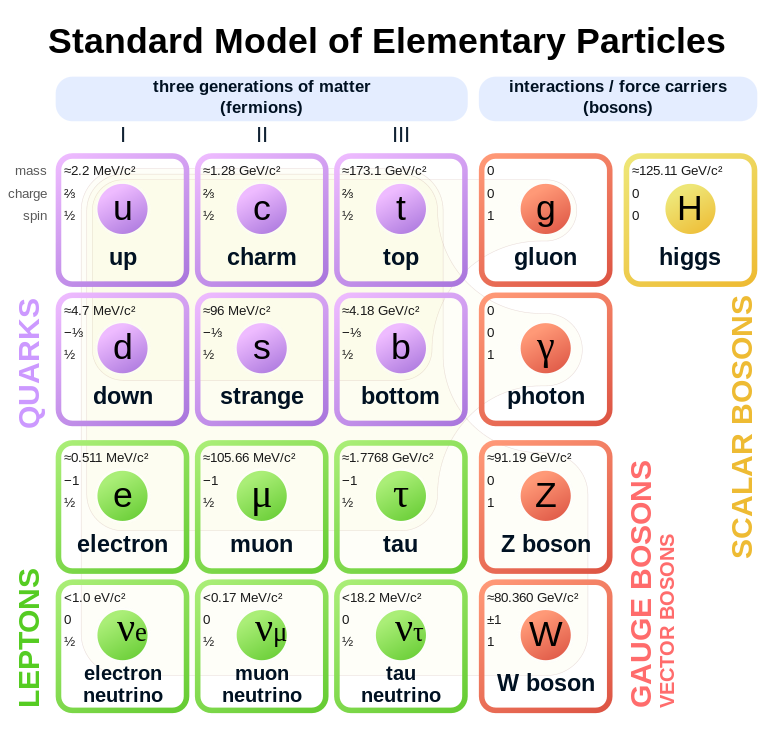

Just about a year after the discovery of the elusive "God particle," the Royal Swedish Academy of Sciences awarded Peter Higgs and François Englert with the Nobel Prize in Physics today.
The prize isn't for the discovery of the Higgs boson itself, but for the physicists proposing two independent theories about how particles acquire mass.
Surprisingly, Englert and Higgs had never met each other until recently, despite working in the same field and creating theories that tried to explain the same thing. "The first time I saw him was at the Fourth of July conference at CERN [in 2012]," said Englert at a news conference today, referring to the European particle physics laboratory. When asked what he would say to Higgs when he saw him again, Englert said, "Of course I'm going to congratulate him."
Like this year's Nobel Prize in Physiology or Medicine, the physics prize was rewarded to research done several decades ago. Both Englert and Higgs published their initial theories of particles acquiring mass in 1964. But it was only as recently as last year that physicists at the Large Hadron Collider at CERN were able to put the theory to the test, observing a particle that fit the description of the Higgs boson.
The so-called "Standard Model" of particle physics explains how subatomic particles like electrons and quarks interact with one another. While much of the Standard Model neatly falls into place thanks to the existence of the Higgs boson, there are still other problems that physicists are looking into to figure out why the universe is the way it is.
The topics of dark matter and dark energy are still at the forefront puzzles that physicists are looking to solve, Englert added. However, Englert said that there is one problem that he sees above all the rest.
"In my opinion, the most fundamental problem that is not solved today ... is the problem of the quantization of gravity," he said, referring to the fact that physicists have yet to come up with a viable framework to seamlessly integrate Einstein's General Theory of Relativity with the Standard Model of particle physics.
No comments:
Post a Comment